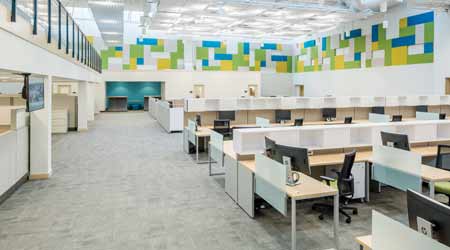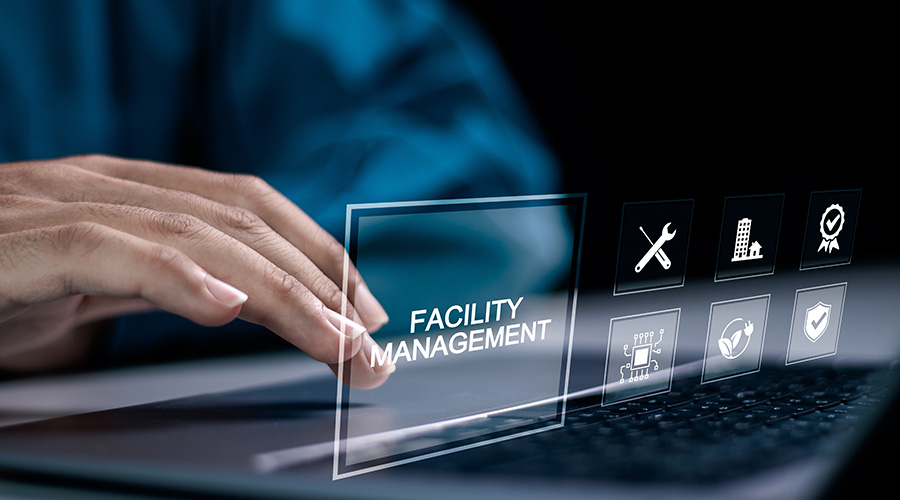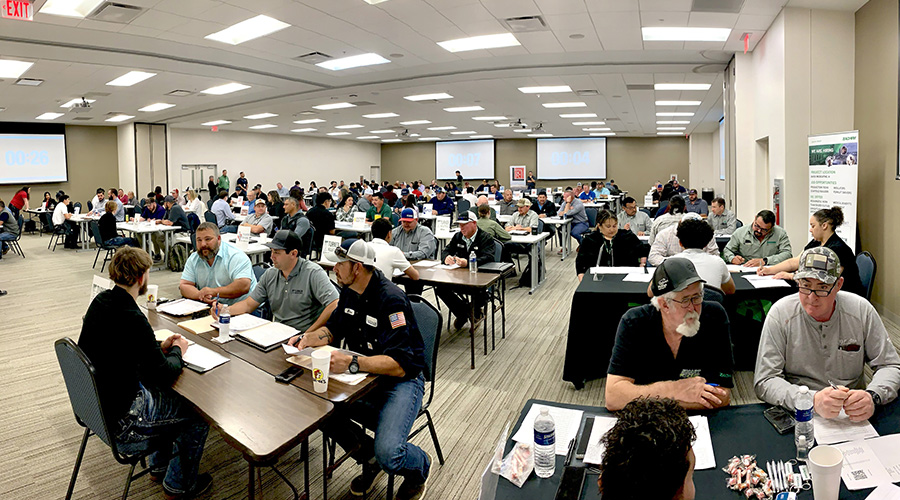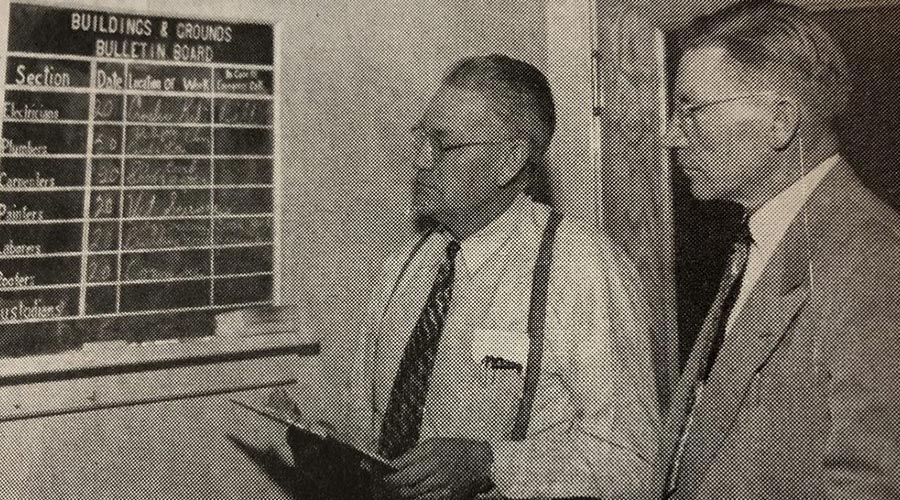 The process of creative engagement revealed that employees wanted a more enticing, even joyful, interior in the new Yale New Haven Hospital Strategic Business Office. by Robert Umenhofer Photography
The process of creative engagement revealed that employees wanted a more enticing, even joyful, interior in the new Yale New Haven Hospital Strategic Business Office. by Robert Umenhofer PhotographyHow to Engage Occupants to Create Better Space
As work is changing, so must workplace planning. Here's how facility managers should use the creative engagement process to understand occupant needs for their space.
Work methods for building owners and facility managers have changed in recent years to ensure more effective workplace planning and programming. Among the latest breakthroughs have been rigorous, collaborative engagement processes that join project teams, client stakeholders, and end-users in a quest for creative solutions to workplace interior needs. While all companies conduct interviews and distribute questionnaires to assess end-user needs, recent best practices include visioning sessions to draw out the occupants’ hopes and aspirations. The new trend to conduct creative engagement workshops, however, takes it a step deeper. It’s an extra step, but one that experienced facility managers have said can pay off handsomely.
All facility managers and project teams can adopt these new tactics that focus on cultivating a collective sense of purpose, with specific results in improved planning and programming outcomes for offices, labs, and other workplaces. This article will describe a working template for successful team creative engagement that can be used to optimize any project, including how to recruit and involve stakeholders, gather their input, help solve challenges, and make the best possible choices for renovating or building new facilities.
Collective sense of purpose
So how do savvy facility managers get started with the process? First, they start with the premise of building a collective sense of purpose. One definition of this idea is drawing out a common understanding of concerns and aspirations. However facility managers describe the concept, it’s their basis for a project team working together to reveal how a new environment will help fulfill the organization’s mission and strengthen its identity.
The creative engagement process further develops this establishment of common aims, and it brings real benefits. Among the gurus in this field are Warren Bennis and Patricia Ward Biederman, who wrote “Organizing Genius: The Secrets of Creative Collaboration.” Speaking on the benefits to the project team, Bennis and Biederman were quoted in Inc. magazine as saying, “The members don’t simply solve problems. They are engaged in a process of discovery that is its own reward.” In addition, the project team members using a creative engagement process share a quality that allows them to “identify significant problems and to find creative, boundary-busting solutions rather than simplistic ones: they have hungry, urgent minds.” This mindset is celebrated at the new Sandy Hook School, where a beautiful rain garden resulted from the collaboration of the teachers for nature education, landscape architects for water management, and security consultants for a new perimeter buffer zone.
Lynn Brotman (lbrotman@svigals.com), IIDA, NCIDQ, is associate principal at Svigals + Partners, an architecture and design firm. Robynne Orr, is a project planner for the Yale University School of Medicine and West Campus for Yale Office of Facilities. Svigals + Partners, working with varied clients including Yale University, developed the creative engagement template presented in this article. Barry Svigals, FAIA, who helped develop the creative engagement method, contributed to this article.
Related Topics:















